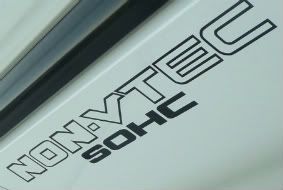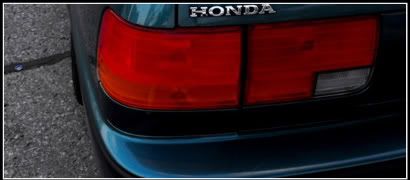What things should I do before putting my car in storage?
- Store a vehicle out of weather inside a building that's cool, dark, and dry.
Fuel system problems:
- (empty gas tank allows moisture to condense inside the system and cause rust and corrosion.)
- (full gas tank allows the gas to gradually break down, forming gum and varnish.)
- To help keep gasoline from deteriorating, pour a fuel stabilizer into the tank. Be sure to drive the car for about 10 miles after adding the stabilizer to make sure it gets circulated throughout the system.
- Change the oil and filter.
- Fill the engine with fresh oil and then drive the vehicle for a few miles to make sure the new oil gets thoroughly circulated.
- Pull the spark plugs and pour about a teaspoon of oil into each cylinder. Then replace the plugs. This will help coat the cylinders to prevent rust.
- Seal off engine openings with absorbent cotton to keep moisture out.
- Unhook the battery cables and remove the battery from the vehicle you're going to store.
- Top up all fluids, including transmission and rear axle. If the brake fluid in the car looks brown and dirty, the system needs to be flushed. Old brake fluid has a lot of moisture in it, which could cause rust in the system.
- Loosen the drivebelts to take the pressure off of the pulley bearings.
- If the car will be in storage for a year or more, support it on jackstands or wooden blocks. This will take the weight off of the wheel bearings, suspension components and prevent flat spots on tires. Avoid using bricks or cement blocks because they can crack and deteriorate.
- Wash and wax the finish. Also, go over vinyl, leather, tires, and other rubber components with the proper type of protectant.
- If you wash the carpet and upholstery, let the vehicle air out until the inside is thoroughly dry. Sealing up a wet interior is a sure formula for mildew.
- Carefully remove the windshield wipers. Extreme heat can make the rubber blades turn gooey.
- And finally, cover your vehicle with a manufactured car cover or with a few clean, heavy blankets to help protect it. Don't use plastic tarps! The covering needs to allow air to circulate through it.
- For extra protection, you might want to spread some more smelly mothballs underneath and around your vehicle as an added deterrent to rodents and bugs.
- Store a vehicle out of weather inside a building that's cool, dark, and dry.
Fuel system problems:
- (empty gas tank allows moisture to condense inside the system and cause rust and corrosion.)
- (full gas tank allows the gas to gradually break down, forming gum and varnish.)
- To help keep gasoline from deteriorating, pour a fuel stabilizer into the tank. Be sure to drive the car for about 10 miles after adding the stabilizer to make sure it gets circulated throughout the system.
- Change the oil and filter.
- Fill the engine with fresh oil and then drive the vehicle for a few miles to make sure the new oil gets thoroughly circulated.
- Pull the spark plugs and pour about a teaspoon of oil into each cylinder. Then replace the plugs. This will help coat the cylinders to prevent rust.
- Seal off engine openings with absorbent cotton to keep moisture out.
- Unhook the battery cables and remove the battery from the vehicle you're going to store.
- Top up all fluids, including transmission and rear axle. If the brake fluid in the car looks brown and dirty, the system needs to be flushed. Old brake fluid has a lot of moisture in it, which could cause rust in the system.
- Loosen the drivebelts to take the pressure off of the pulley bearings.
- If the car will be in storage for a year or more, support it on jackstands or wooden blocks. This will take the weight off of the wheel bearings, suspension components and prevent flat spots on tires. Avoid using bricks or cement blocks because they can crack and deteriorate.
- Wash and wax the finish. Also, go over vinyl, leather, tires, and other rubber components with the proper type of protectant.
- If you wash the carpet and upholstery, let the vehicle air out until the inside is thoroughly dry. Sealing up a wet interior is a sure formula for mildew.
- Carefully remove the windshield wipers. Extreme heat can make the rubber blades turn gooey.
- And finally, cover your vehicle with a manufactured car cover or with a few clean, heavy blankets to help protect it. Don't use plastic tarps! The covering needs to allow air to circulate through it.
- For extra protection, you might want to spread some more smelly mothballs underneath and around your vehicle as an added deterrent to rodents and bugs.




Comment